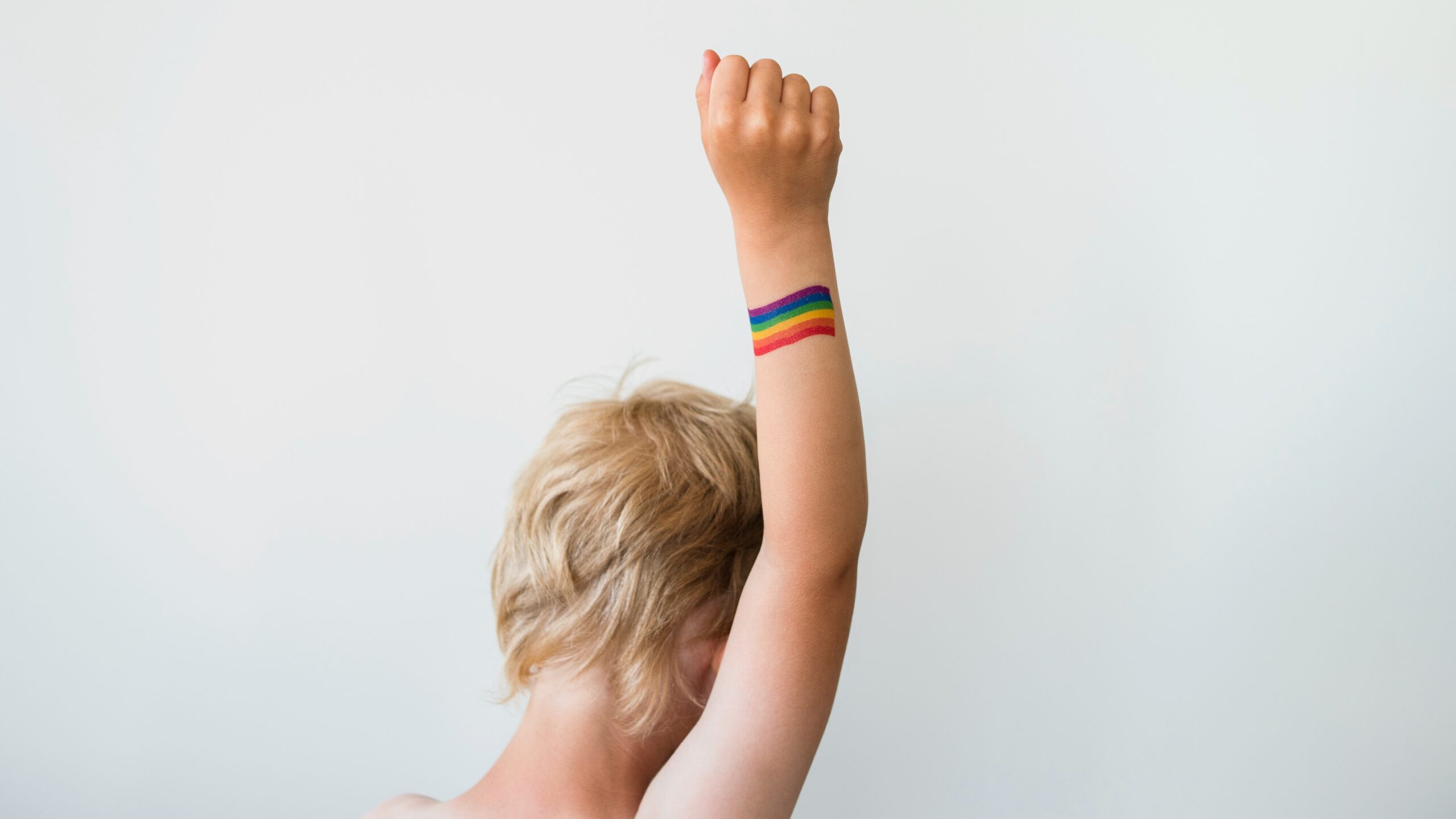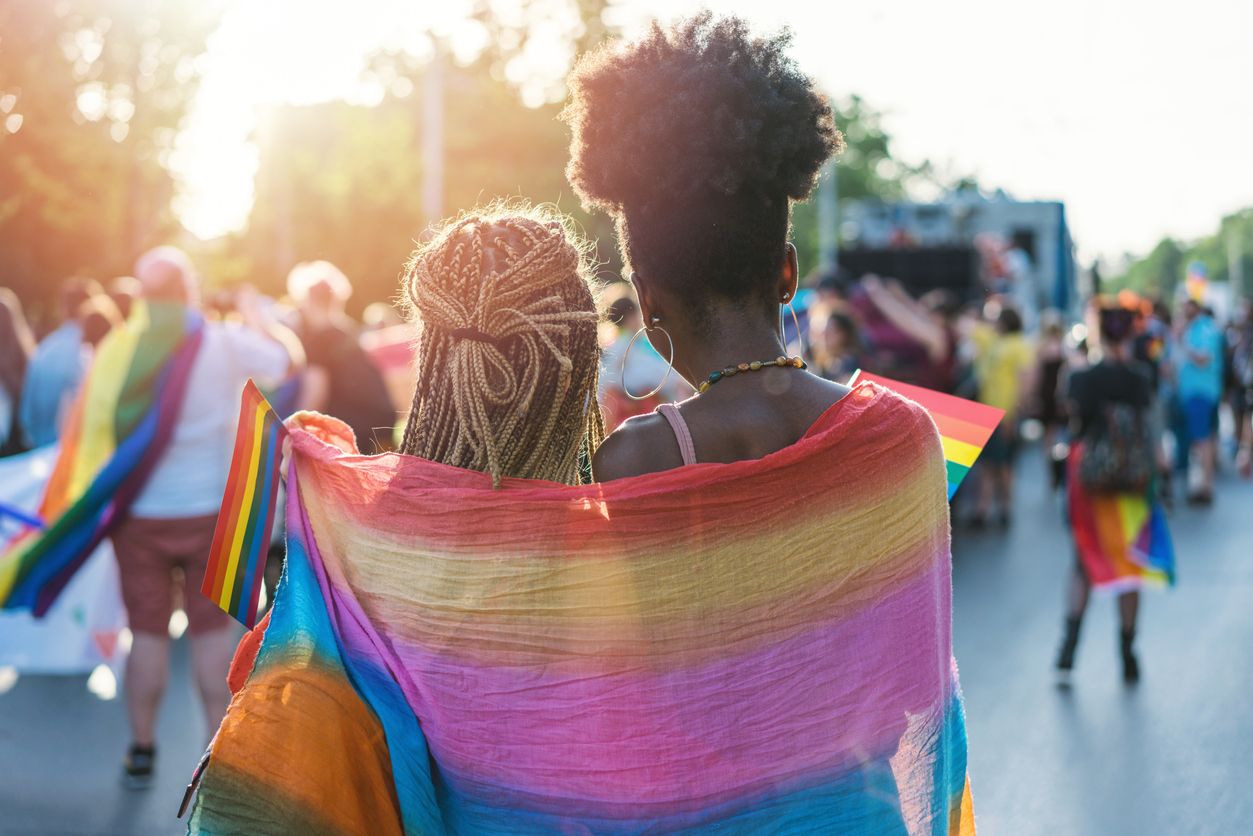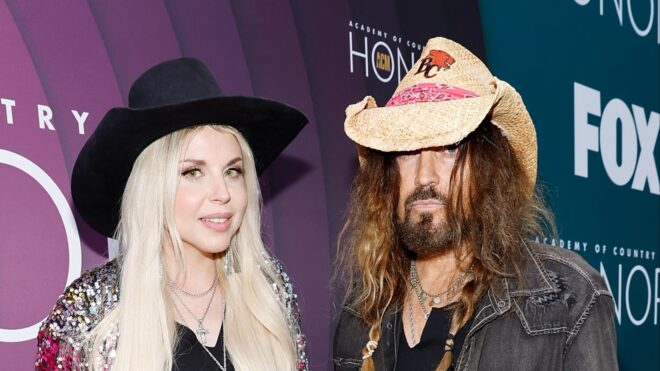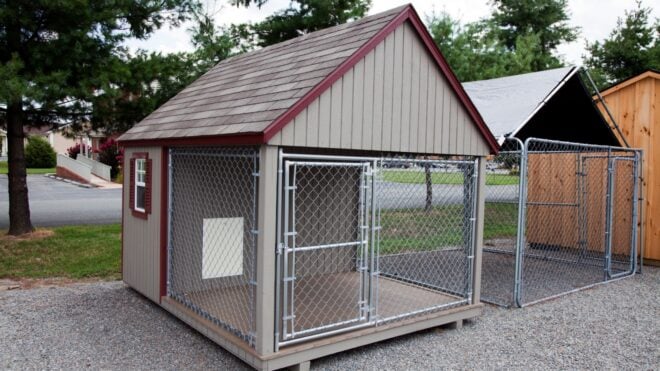
School districts are working hard to make sure their students are safe and ready to learn as we enter another uncertain school year. Parents and teachers are stressed, exhausted, and scared. Some students are, too. Even without the strain of a pandemic, LGBTQIA+ students are often more anxious and suffer disproportionately higher rates of bullying, depression, and self-harm than their cishet peers. The Trevor Project’s National 2021 Survey on LGBTQ Youth Mental Health recently reported that 80% of queer youth said COVID-19 made their living situation harder. Half of queer youth said COVID-19 limited their ability to express their sexuality; 60% of nonbinary and transgender youth said their ability to be their true selves was hampered as well.
Queer youth need places to be and feel safe, and if it’s not at home, then schools need to be that sacred space. Whether your child is queer or not, is your school LGBTQIA+ inclusive? Fighting for a welcoming and safe school is your right as a queer parent or parent of a queer child, and it’s your duty as an ally. I know there is a lot on the plates of school administrations. But that is another reason why schools need to dig a bit deeper to make sure classrooms and curriculum are LGBTQIA+ affirming and inclusive. Here is what to look and ask for when it comes to making schools truly inclusive of their openly and closeted queer kids.
Have Staff Been Safe Zone Trained?
Ask your school’s principal if their faculty and staff have had trainings done to help incorporate better and more inclusive practices into everyday classroom activities. There are a number of local and national trainers (myself included!) who offer workshops and trainings for teachers. There are national organizations that also offer trainings for teachers to better understand the experience of queer students while learning what to do to make them feel safe while at school. GLSEN and Safe Zone Project offer resources and curriculum for schools to educate their teachers on ways to make classrooms equitable learning spaces for LGBTQIA+ students. It only takes one supportive adult to significantly reduce the risk of harm to a queer youth; a teacher can be that person.
Are Forms Inclusive?
I just received about 18 emails and three folders of information from my kids’ teachers and the school district. There are still outdated mistakes made at times, but for the most part the forms ask for names of adults, guardians, or caregivers of my student instead of asking for information regarding the child’s “mother” and “father.” While many families have a home with a mom and a dad, some don’t. Families come in a variety of packages, so it’s important to gather important information while not placing heteronormative assumptions on relationships. Forms should also ask for pronouns and names that a student or parent uses that may be different from their legal name and assigned gender. Point out forms that don’t leave room for all roles and identities, and ask that the school makes changes.
Are Gender-Neutral Language and Dress Codes Being Used?
When teachers address a room of students as learners, friends, or fourth graders, for example, instead of as "boys and girls" or "ladies and gentlemen," they are opening the door for nonbinary and gender-fluid students to feel welcome as well. It also allows a child who may be questioning their gender identity to feel safe to explore a gender they were not assigned at birth. It’s also important to refer to different roles and job titles in gender-neutral ways. Firefighter, sibling, spouse, police officer, or server open the door for all gender identities.
School dress codes should allow students to dress according to their gender identity and desired gender expression. Clothing should not be policed based on gender stereotypes.
Are Diverse Books Available?
Books that feature and celebrate queer people and families offer representation to LGBTQIA+ students in a classroom. Books that break gender stereotypes and that don’t follow the heteronormative idea that all people are straight and cisgender normalize identities that aren’t considered “normal.” Straight, cisgender people and relationships should not be the default we compare everything to. By incorporating diverse stories into a classroom and school library, we are incorporating confidence into the kids who need to see themselves and allyship into kids who may not be given the opportunity see and learn about queer people and our everyday lives.
How Do the School’s Policies Protect LGBTQIA+ Students?
Despite the ongoing attacks on transgender students in several states, transgender and gender-nonconforming students do have protections under Title IX and other laws. The National Center for Transgender Equality has clear language about the rights of LGBTQIA+ students and ways in which discrimination can be documented if it occurs. A school policy should very clearly state that there is zero tolerance for bullying and discrimination against students no matter their gender identity, gender expression, or sexuality. Those students should have access to bathrooms, classrooms, and curriculum that respect their identity and provide safety and inclusion.
When LGBTQIA+ students are openly and unequivocally supported by schools, rates of bullying against these students decrease.
Going back to school does not look or feel like what most students are accustomed to; COVID-19 is still on all of our minds and school board agendas. The debate continues to be over the need to get vaccinated (please get it) and the effectiveness of wearing a mask (masks work and don’t cause children harm).

The protection of our students should never be up for debate, and this includes the protection of LGBTQIA+ students. Preventative and proactive measures taken by school administrations improve the quality and safety of queer students while in school. Inclusivity is a right all students should have.







